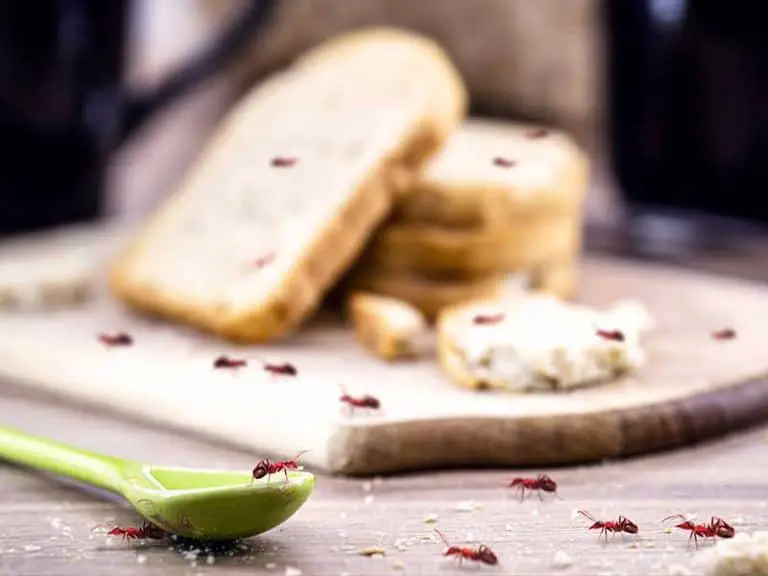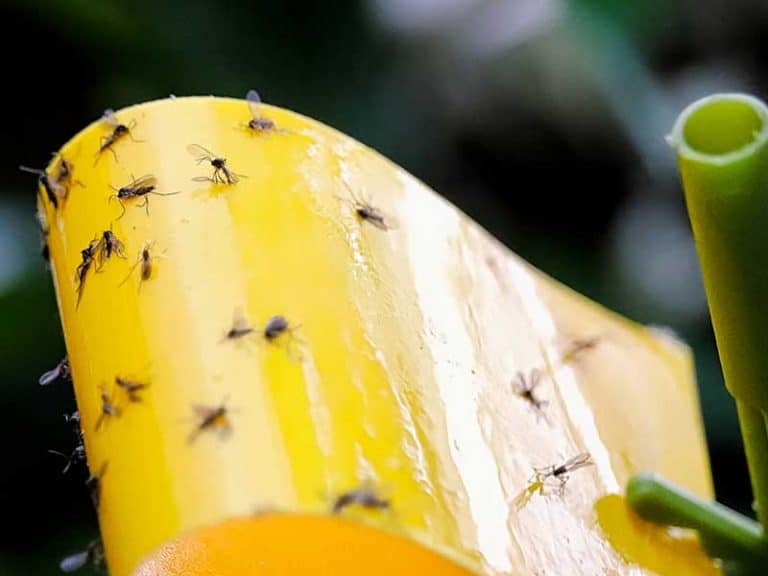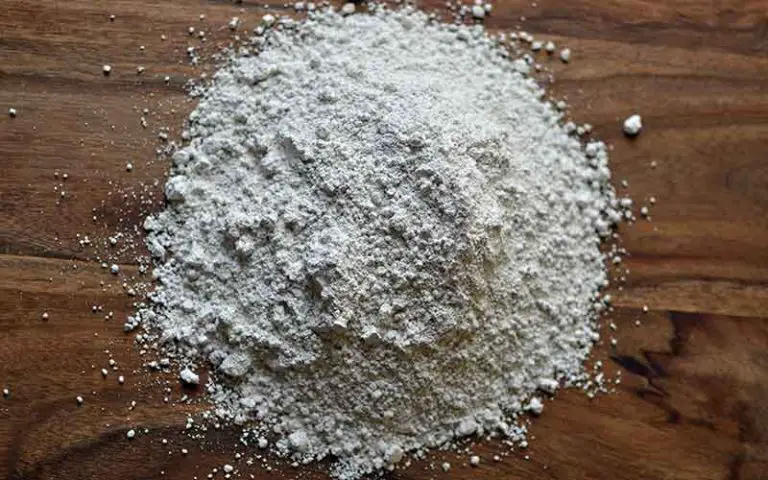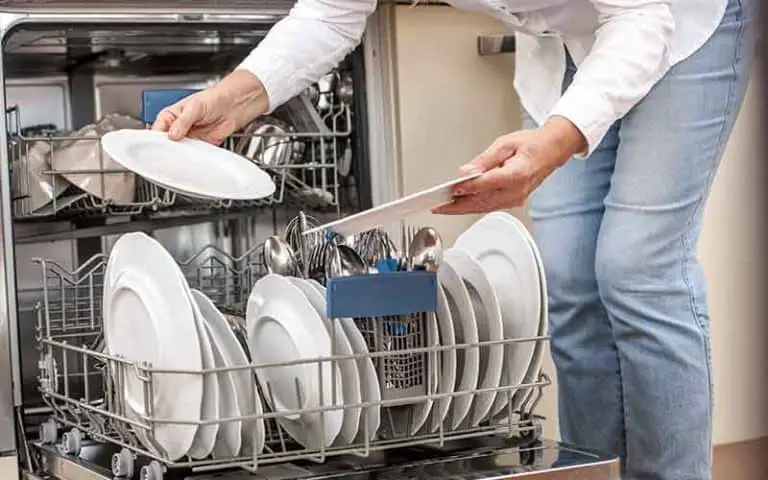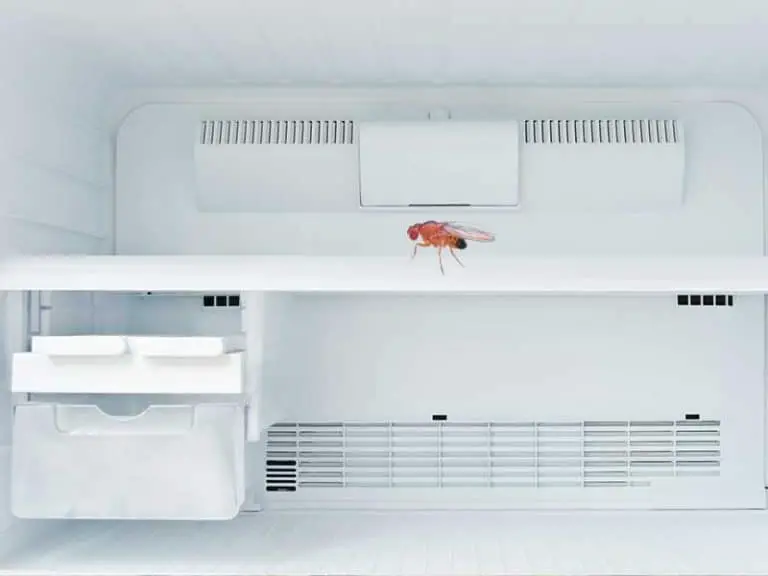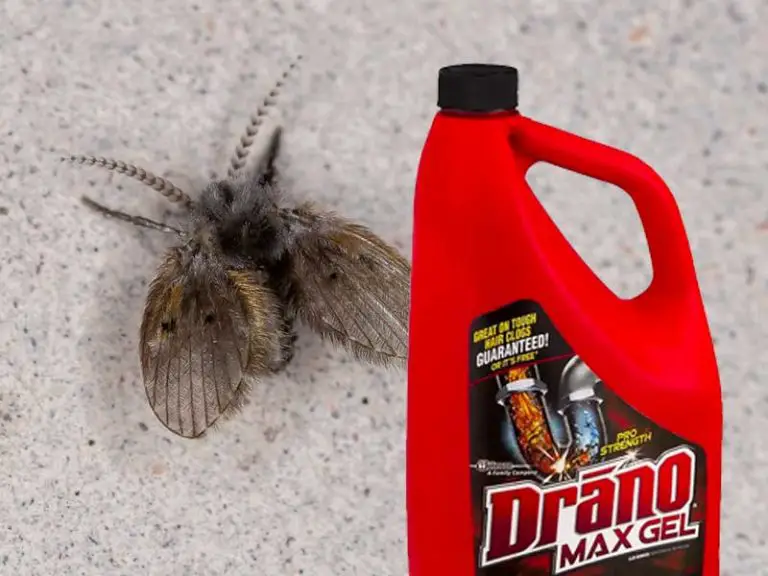Do Drain Flies Bite?
Drain flies, unlike most other fly species, do not bite or sting people. These flies have never been known to spread infections to people.
Drain flies may be attracted to your home if there is any decaying organic matter or shallow, stale water. They’re common in basements, bathrooms, and kitchens because they like hiding places that are dark and damp. They aren’t a health risk but just an annoying pest to have around the house.
There are several natural DIY treatments that may be used to manage, treat, and sanitize the habitats that attract them.
What Are Drain Flies?
Drain flies are tiny, dark-colored flies that usually measure about 2 to 6 mm long. They have a pair of wings and antennae with six legs. Their wings are black with two clear or smoky colored bands, densely covered with hairs that give the body a fuzzy appearance. Their abdomens are covered in hairs and appear gray or shiny black. They can be distinguished from other similar insects by observing the fringed mouthparts on drain flies; these mouthparts are fringed with hairs that help drain flies feed on liquids.
Drain flies have a life span of about 20 to 30 days during the summer months and they lay their eggs in moist areas. Drain Flies lay their eggs in a clump of 30 to 100 on a suitable surface. These hatch in less than 48 hours and will molt four times before maturing into adults, which can occur in as little as two weeks.
The drain fly larvae are wormlike, small, and legless. The gray larvae are darker near the ends.
The drain fly lays its eggs in clumps, generally, in filthy garbage disposal units, water traps in plumbing fixtures, sewage plant filters, and nearly anywhere decomposing organic materials are discovered.
During the day, drain fly adults dwell in shaded areas or around plumbing fixtures or on the sides of tubs and showers. Drain flies are more active at night. They may be observed flying around the sink areas in your house during the evening.
If disturbed, they will fly or hop a few inches. When a moth or drain fly is swatted or crushed, its wings will turn to fine dust.
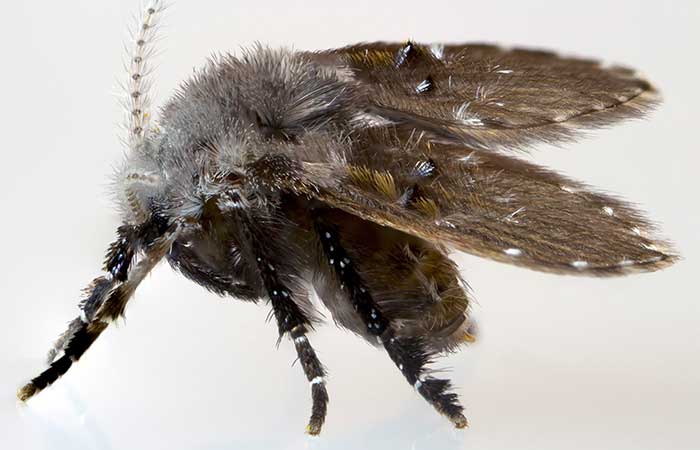
How Do Drain Flies Affect Humans?
These insects are not known to bite or sting humans, but they may swarm over people as they walk through the cloud of bugs. This can make it difficult for them to swat at the fly and can be quite annoying, making it seem like these flies are trying to physically harm their victim. However, drain flies won’t hurt you.
Do Drain Flies Bite Pets?
Drain flies are not known to bite or sting pets, but they can be very annoying. Since drain flies are attracted to moisture, they might congregate around wet dog food dishes or dirty water bowls. If you’re worried about fly bites on your pet, check their bedding for fly eggs and wipe down the pet’s water bowl with a sanitized cloth.
Can Drain Flies Make You Sick?
Drain flies are not known to transmit any illnesses to humans, but their presence may indicate a serious moisture problem in your home. Since they feed on decaying organic matter, this might be an indication of a leaky pipe or roof.
What Are the Benefits of Drain Flies?
Drain flies are not known to have many benefits for humans, but they may help break down organic material in the environment. Without drain flies, there would be an excess accumulation of decaying material in homes and buildings.
What Do Drain Flies Eat?
Drain flies are known to feed on decaying organic matter, which includes foods in garbage cans, dirty diapers, drains with hair buildup, and animal corpses. They also prefer moist environments.
Why Are Drain Flies a Problem?
Drain flies can become unsanitary nuisances because of their attraction to these conditions. They’re typically found around bathrooms, basements, kitchens, and pipes where dirty water accumulates or organic matter is decaying.
Can Drain Flies Live in Houseplants?
If there is a high level of moisture then drain fly larvae can live in the soil of houseplants. Be sure to keep your plants well-watered and in areas that drain flies won’t be attracted to, such as the kitchen or bathroom.
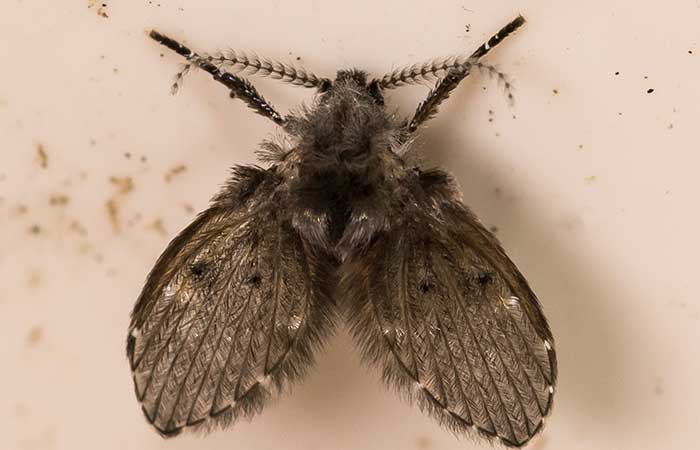
How Do You Get Rid of Drain Flies?
1. Inspect And Clean
It is critical to look for breeding sites and eliminate them. The flies have a variety of potential breeding locations. The most essential element of a drain fly control campaign is removing the breeding site. Drains are a good starting point in any inspection. They often deposit eggs in the drain holes.
To identify where drain flies are entering your home, first, check the drain areas in the bathrooms and kitchens of your home. Look for drains that might be clogged with organic matter such as hair and soap scum. If you find a clog, remove it and flush out the pipes to get rid of any larvae or eggs that may have been breeding in this area.
Handy Tip: Place duct tape over a drain with ventilation holes on top and leave overnight. If the drains get trapped on the tape as they come out of the drain, you know you have drain flies.
Look for organic matter that has accumulated in moist areas. Places like plant pots and basements can breed drain flies. Make sure to flush the drains, scrub away any algae and remove all decaying organic matter and grime. Areas, where moisture is breeding, should be dried out or drained if possible. If you cannot remove or dry out the area, you will need to apply a pesticide.
Clean all areas thoroughly, especially cracks and crevices where the organic matter may accumulate.
Traditional cleaning methods may be used on some properties. Other locations, such as drains, may be more difficult to access and should therefore be treated with a probiotic solution like Invade Bio Drain.
2. Kill The Drain Flies
Specially designed insecticides are used to control drain flies where they breed. It can help if you block off any drainage holes with caulk so the flies do not enter your home that way. You can use an aerosol-type spray because it penetrates into the smallest crevices and cracks where drain flies might be hiding.
There are many commercial products available for controlling drain fly problems, including sprays and aerosols. Most insecticides work by killing larvae or adults after they come in contact with the chemical or touch it while walking across treated surfaces such as countertops, floors, and furniture.
Some insecticides contain growth regulators that paralyze larvae so they can’t develop into adults. Once larvae are unable to grow, the insecticide has no effect on them. Boric acid is one of the least toxic organic pesticides available for controlling drain fly problems because it only affects insects that come in contact with it. The active ingredient, boric acid, is a powdery substance that kills insects by desiccating them — causing the larvae to dry out and die.
3. Remove The Attraction To Prevent Drain Flies
Once you have eliminated the breeding sites, you should reduce their ability to find new locations. Keep your drains clean by flushing them with boiling water regularly. Clear away any organic matter in sinks and tubs plus other potential breeding areas for drain flies such as houseplants or moist soil can also deter these pests.
Remember that attracting drain flies is simple when you provide a breeding ground for them with decaying organic material, stagnant water, and dark nooks where they may breed.
To prevent water from accumulating inside the walls, repair any leaking pipes or faucets. If you have animals, remember to clean up after them and avoid providing food where drain flies may find it.
Conclusion
Hopefully, this article has cleared up any concerns you have about the health issues drain flies may pose to humans and pets and gives you some ideas on how to inspect and remove them from your bathroom, kitchen, or any other rooms in your home that they have invaded.

